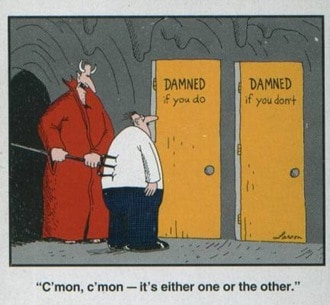Your responses to the post below on the San Gabriel and charging for some Fourteeners were intriguing, and the topic of how to fund recreation on the national forests seems worthy of more exploration.
It seems to me that water and recreation could be argued to be the two most important services that national forests provide. Yet the funding of recreation does not seem to have the vociferous, organized and powerful support that it should to ensure adequate budgets from Congress. Here’s an op-ed from the Grand Junction Sentinel yesterday that says there isn’t enough for watershed protection either; so recreation is not alone.
So here is the situation- the 14ers area is not unique- quoted from the Colorado Springs Business Journal article here:
The Forest Service says it doesn’t have the funds to minimize the effects of hikers on the environment.
On average, 4,500 people visit the basin during the summer climbing season, with a 3- to 5- percent increase each year for the past decade or so.
With heavy use, the main system trails are being degraded, climbing routes are being eroded and human waste is a major concern, Crespin said. Fecal chloroform levels in the streams are high. Also, wildlife has become accustomed to humans.
Another issue is the frequency of search-and-rescue calls to the area.
The proposal behind the new fees limits the Forest Service to spending the revenue it collects only within the fee area.
Opponents say that over-use problems need to be resolved without fees.
“There are signs the area is being over-used. But there are better ways to manage over-use than to price people out of using their own public lands, which is what I think this will do,” Kitty Benzar, president of the Western Slope No-Fee Coalition, said.
The coalition isn’t opposed to a permit system to limit the number of people in the basin at any one time; it just doesn’t want permits to cost money.
Crespin said fees would allow the Forest Service to install trash dumpsters on the South Colony access road, do ecological monitoring and continue restoration efforts. The agency has spent $1 million in the last 15 years for restoration in the affected area.
Which door would you open in this situation?
Update 5/23: In this op-ed Kitty Benzar makes a couple of interesting claims.
1. “consider that its congressionally appropriated funding has increased by 72 percent since 2000, compared to inflation of about 28 percent during that time. And no, that increase did not all go to firefighting.”
2.”The Herald’s May 18 editorial said that a fee of merely $10 or $20 won’t deter mountain climbers, but the Pike-San Isabel National Forest must disagree because that is exactly why its managers want to do it. Their primary stated reason for the fee is to reduce visitation.” Note.. this does not agree with the remarks of Paul Crespin quoted above.
Also here’s the Denver Post editorial board on the same subject.
But money for natural resource management is scarce, and we don’t see a fourteener usage fee as a great departure from the current practice of managing other federal resources, whereby fees are charged to enter national parks and campers pay to use camp sites.
Update 5/24 Here’s a broader article on the topic by Bobby Magill for the Coloradoan. As usual (IMHO), he has a clear and even- handed approach to the topic, including some thoughts by John Loomis, an economist at Colorado State University.

